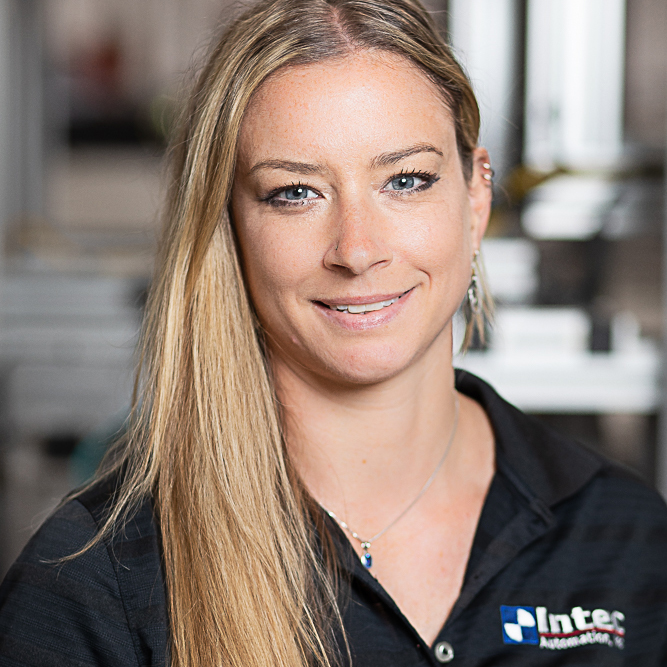How to Automate Sub-Assembly and Assembly Operations to Reduce Operator Workload
Sub-assembly and Assembly operations can be very labor-intensive or redundant and can create bottlenecks. Identifying these types of tasks is the key...
2 min read
 Kate Crossan
:
Feb 27, 2024 8:00:00 AM
Kate Crossan
:
Feb 27, 2024 8:00:00 AM

At first, the labor shortage was a concern for manufacturers. Then, it became a challenge. Now, it’s heading for a crisis. The U.S. Chamber of Commerce reports that between 2021 and 2022, almost 100 million workers quit their jobs. By August 2023, another 30.5 million had vacated their positions. While the manufacturing industry is considered a stable and high-paying employment sector, it hasn’t escaped this trend with more than 500,000 job openings currently going unfulfilled.
 The government is taking steps to address these issues but one thing is clear, manufacturers need to adjust their growth strategies if they want to maximize profits and meet future production demand. In the past, the first recommendation would be to move to a contract manufacturer to increase production rates. However, these firms are now facing the same challenges as in-house manufacturers. As an alternative to contract manufacturing, many firms are investing in automated production machines to make up the difference.
The government is taking steps to address these issues but one thing is clear, manufacturers need to adjust their growth strategies if they want to maximize profits and meet future production demand. In the past, the first recommendation would be to move to a contract manufacturer to increase production rates. However, these firms are now facing the same challenges as in-house manufacturers. As an alternative to contract manufacturing, many firms are investing in automated production machines to make up the difference.
Here is why you should consider automating in-house production processes instead of opting for a contract manufacturing strategy.
Both of these manufacturing growth strategies have risks and benefits. In the past, automation was seen as too complex to implement and the costs couldn’t always justify the investment. Similarly, contract manufacturing puts your fate in the hands of a third party who may not be able to deliver according to your requirements.
The risks with contract manufacturing include:
While in-house automated production mitigates most of these risks, there are pitfalls to avoid such as:
To overcome these challenges, consider deploying a Repetitive Equipment Manufacturing (REM) automation solution from Intec Automation.
 One such solution was for the Point-of-Care diagnostics industry. We developed a system that automates processes required to produce test kits. Each kit goes through a variety of feeding, loading, inspecting, and packaging operations.
One such solution was for the Point-of-Care diagnostics industry. We developed a system that automates processes required to produce test kits. Each kit goes through a variety of feeding, loading, inspecting, and packaging operations.
Compared to manual processes, our customers don’t only drastically increase their throughput with lightning-fast cycle times, but the inspection and vision systems ensure zero failures come off the line. For any defective part, donor stations quickly replace the unit to keep the entire process going without the need to stop and reload any batch.
The system was designed and built in 26 weeks, with all phases of the project completed including installation and training in the shortest possible lead time.
Intec Automation employs an automation design and build process that doesn’t overcomplicate the machine cell. We work with customers to understand the requirements and only recommend a solution that will achieve your production goals.
 An REM automation strategy will:
An REM automation strategy will:
Often, this means deploying an automated system to meet today's requirements, and then standardizing the equipment when you need to expand capacity in the future. Using this approach allows you to alleviate your current labor constraints without sacrificing production quality. This also means you can standardize training, spare parts lists, and operating procedures while limiting the cost of adding additional machine cells to grow with your production demand.
To discuss your current growth strategy with Intec Automation and ensure your capacity expansion project is successful, get in touch here.

Sub-assembly and Assembly operations can be very labor-intensive or redundant and can create bottlenecks. Identifying these types of tasks is the key...

Finding the right custom automation partner is about more than just machinery. It's also about the ongoing support that keeps your operation running...

Manual steps remain common in diagnostic device assembly, but they often create more challenges than benefits. High output requirements and strict...